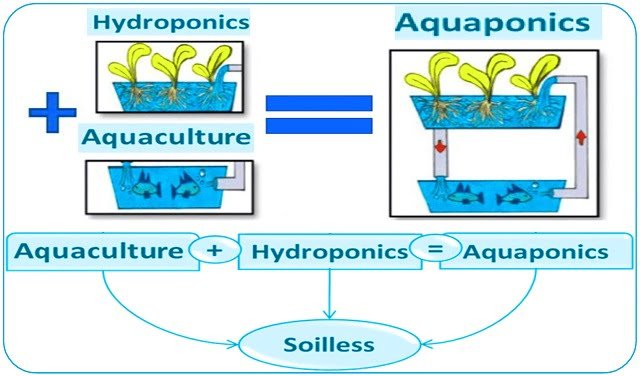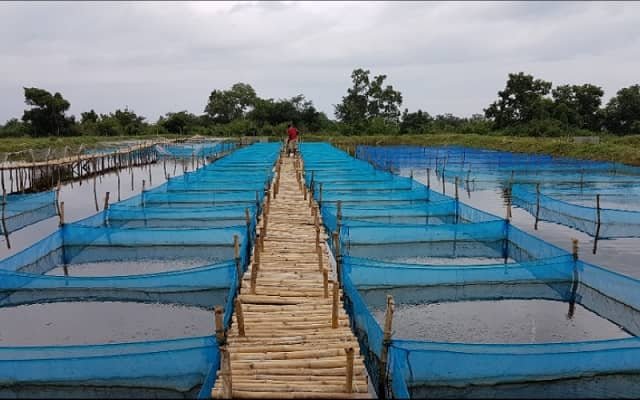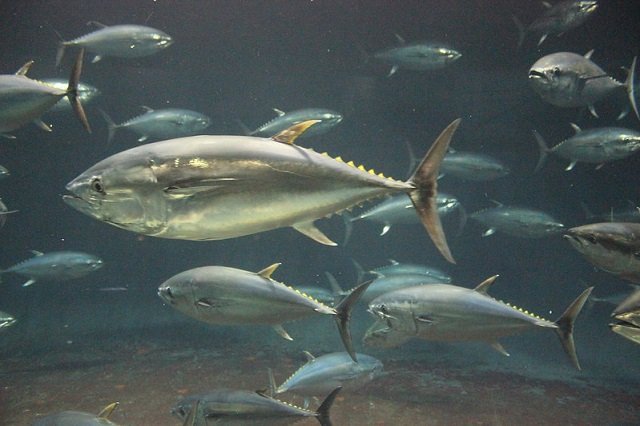Utrecht, The Netherlands.- China’s domestic seafood supply is set to stagnate, while demand continues to rise. This will bring opportunities for global companies, such as new seafood consumers and new east-west partnerships.
Report summary
China will strongly influence the global seafood industry for at least the next decade. China is the leading seafood nation, with the highest consumption, production, and export rates.
However, a decreasing labour force, increasing disease and pollution pressure, and the recent environmental regulations have started to constrain the supply of seafood. China currently has a high trade surplus in aquatic products—more than USD 10 billion; however, we expect China’s net seafood trade position to weaken in the next decade due to changes in supply and demand.
“The increasing Chinese demand for seafood is generally a positive driver for the global seafood sector,” according to Gorjan Nikolik, Senior Analyst – Animal Protein. “Seafood-exporting industries globally will look to the Chinese market for new consumers, particularly for high-value fish and crustaceans, as well as new east-west partnerships.”
However, we don’t expect a high number of Chinese inbound and outbound M&A activities to happen in the short term due to high value expectations for Chinese seafood companies and the fragmented structure of the Chinese seafood industry.
Source: Rabobank
Stay Always Informed
Join our communities to instantly receive the most important news, reports, and analysis from the aquaculture industry.
Editor at the digital magazine AquaHoy. He holds a degree in Aquaculture Biology from the National University of Santa (UNS) and a Master’s degree in Science and Innovation Management from the Polytechnic University of Valencia, with postgraduate diplomas in Business Innovation and Innovation Management. He possesses extensive experience in the aquaculture and fisheries sector, having led the Fisheries Innovation Unit of the National Program for Innovation in Fisheries and Aquaculture (PNIPA). He has served as a senior consultant in technology watch, an innovation project formulator and advisor, and a lecturer at UNS. He is a member of the Peruvian College of Biologists and was recognized by the World Aquaculture Society (WAS) in 2016 for his contribution to aquaculture.




